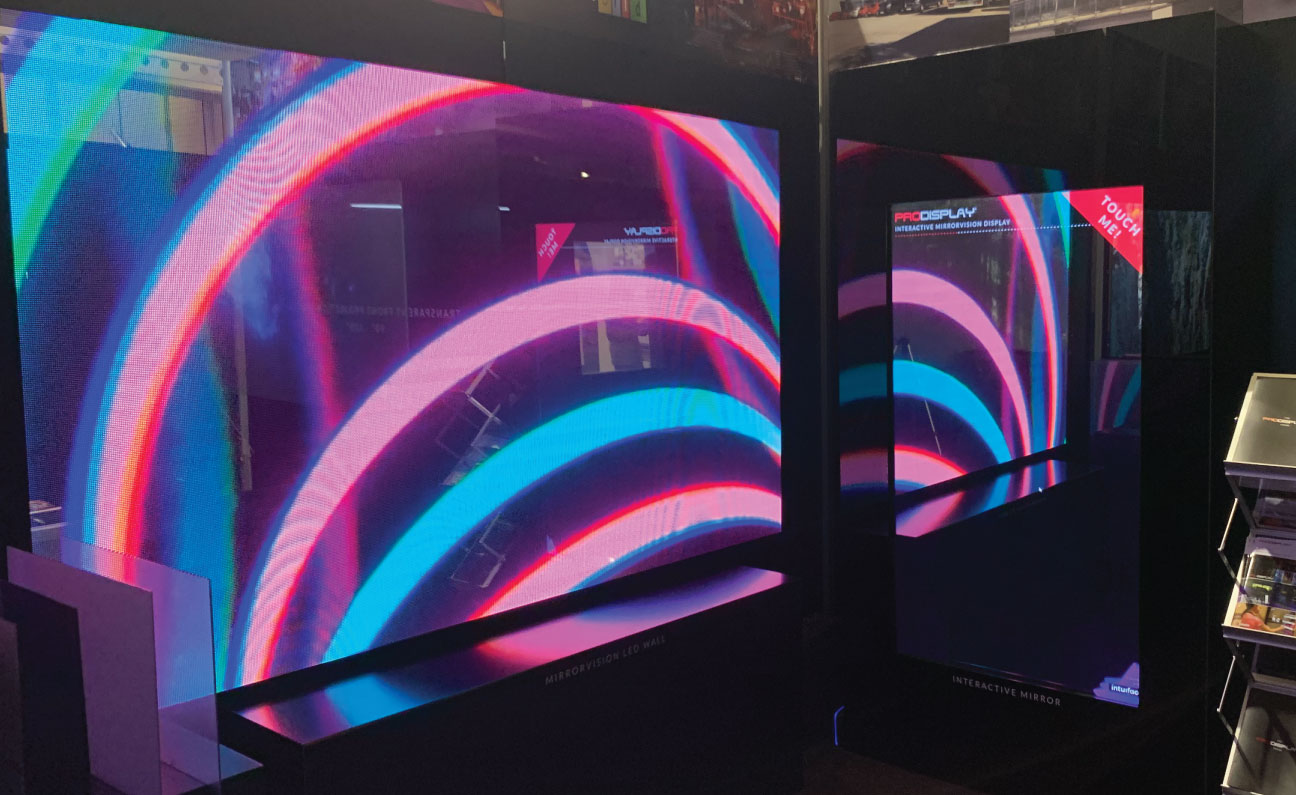When discussing resolution, it is essential to consider pixel pitch, which is the distance between the center of one pixel to the midpoint of the following picture element. A smaller pixel pitch results in a greater image clarity, enabling additional clarity in the visuals shown. For instance, an LED wall with a pixel pitch of 1.5mm will provide a clearer visual than one with a picture spacing of 3mm. This is particularly crucial in settings where viewers are near to the display, such as in a compact venue or a trade show booth. In these situations, a greater image clarity can significantly enhance the viewing experience.
Another aspect of resolution is its impact on color precision and luminosity. LED screens with higher image clarity often have superior color reproduction, indicating that the hues shown are more vibrant and realistic. This is crucial for applications like advertising, where the objective is to capture interest and convey a message effectively. Additionally, greater image clarity screens can preserve luminosity levels even when seen from different perspectives. This is important in large locations where viewers may be positioned at different distances and angles from the display.

The functionality of LED walls is also influenced by resolution in terms of refresh frequencies and led panel color rendering index reaction durations. A greater image clarity screen can support quicker update frequencies, which is crucial for fast-moving material such as films and motion graphics. This indicates that the visuals on the display will look more fluid and increasingly seamless, improving the total viewing quality. In comparison, reduced image clarity displays may have difficulty with dynamic material, resulting in blurriness or delay. Therefore, for events that rely on high-energy visuals, selecting a screen with a appropriate image clarity is critical.
In conclusion, image clarity plays a crucial role in defining the functionality and image clarity of LED screens. Factors such as pixel pitch, color accuracy, brightness, update rates, and response times all contribute to how efficiently a screen can communicate data and capture viewers. As technology continues to advance, understanding these factors will assist operators choose the appropriate LED screen for their particular needs, ensuring that they achieve the optimal possible results in their presentations and events.